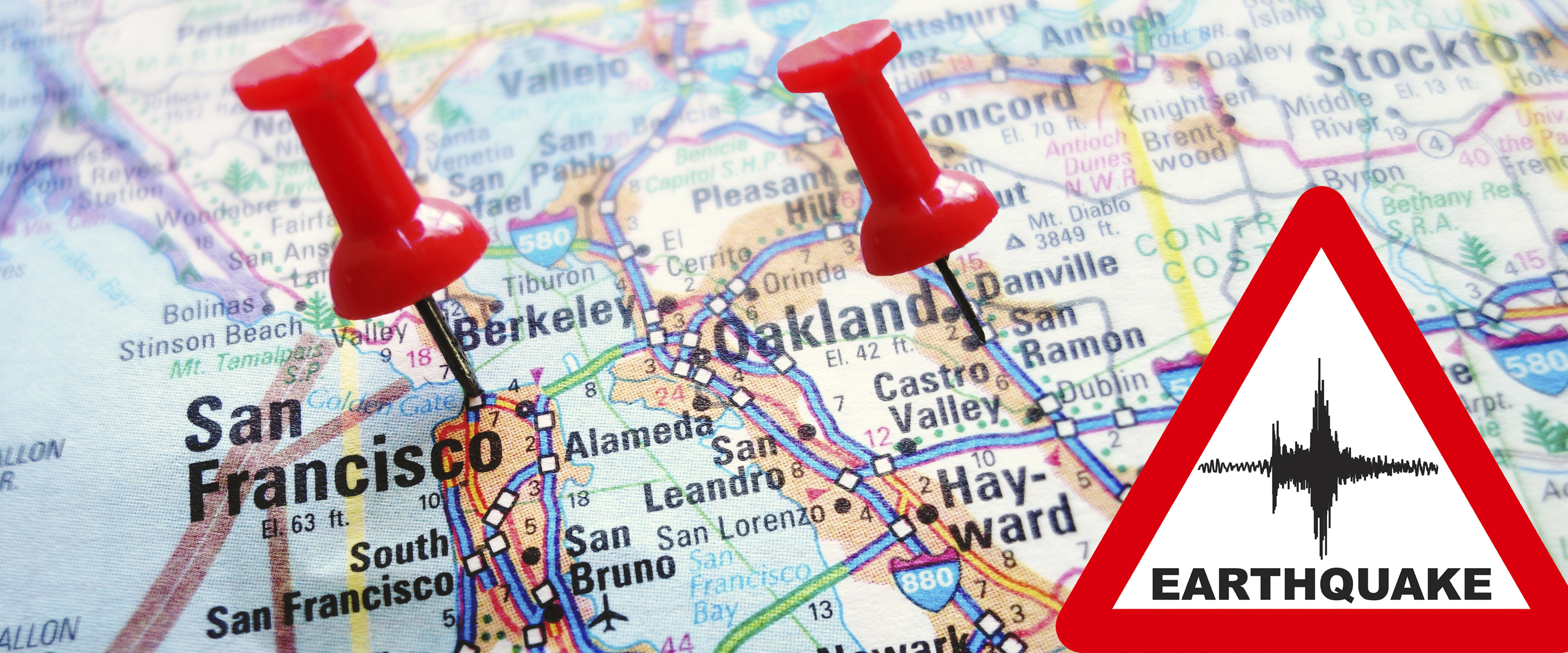

These locally installed instruments provide more precise measurements of small aftershocks, ground shaking, and ground deformation than more remote regional instruments can. Additional monitoring equipment will continue to be deployed to learn about this large earthquake.

#SO CALIFORNIA EARTH QUAKE WEBSITE SERIES#
Some of this information helps us refine the USGS National Seismic Hazards Model, a series of maps that reflect what we know about where shaking is likely to occur over decades - information that is used to develop building codes and design structures to withstand the expected shaking.Īs of July 11, scientists from USGS, UC Riverside, and the Scripps Institution of Oceanography have deployed temporary equipment including at least 14 seismic and 13 GPS stations as well as five USGS nodal arrays. The data collected and knowledge gained will help scientists identify which faults broke during the earthquake, determine the extent of faulting and surface displacement, and locate areas of ground failure to better understand the earthquake and its aftershocks. This includes conducting aerial and ground reconnaissance of the extensive surface rupture, deploying temporary seismic and geodetic stations to record aftershocks, and coordinating efforts with military, state, local and academic partners. Ruptures from the July 5 magnitude 7.1 event appear in red.(Credit: USGS. Preliminary mapping of surface ruptures from the July 4 magnitude 6.4 event is shown in black. Seismic stations are indicated by triangles and GPS stations are shown as squares. Seismic instruments and GPS deployments as of July 11, 2019. Scientists from the USGS and other organizations continue field work and analyses to learn more about the series of earthquakes and aftershocks centered in the Southern California desert near Ridgecrest. Updated on July 12. Visit the USGS earthquake event page for more information. This forecast takes into account the behavior of past sequences in similar tectonic environments and the aftershock sequence observed for this event so far. The chance of a magnitude 3 or higher earthquake is 99% during the next week. The odds of a subsequent large earthquake continue to drop with time since the mainshock. As of July 18, there is a 1 in 300 chance of a magnitude 7 or greater aftershock, a 3% chance of a magnitude 6 or greater aftershock and a 29% chance of a magnitude 5 aftershock in the next week. Circles indicate where scientists have visited the fault surface rupture. (Credit: USGS. Ruptures from the magnitude 6.4 event trend northeast to southwest, and ruptures from the magnitude 7.1 event trend northwest to southeast. General surface rupture based on field mapping and satellite data as of July 15, 2019.


 0 kommentar(er)
0 kommentar(er)
